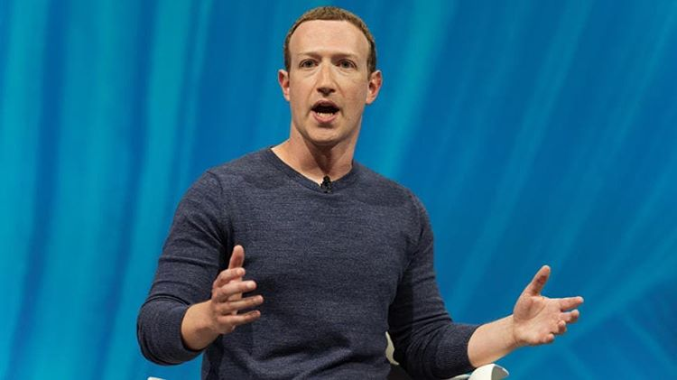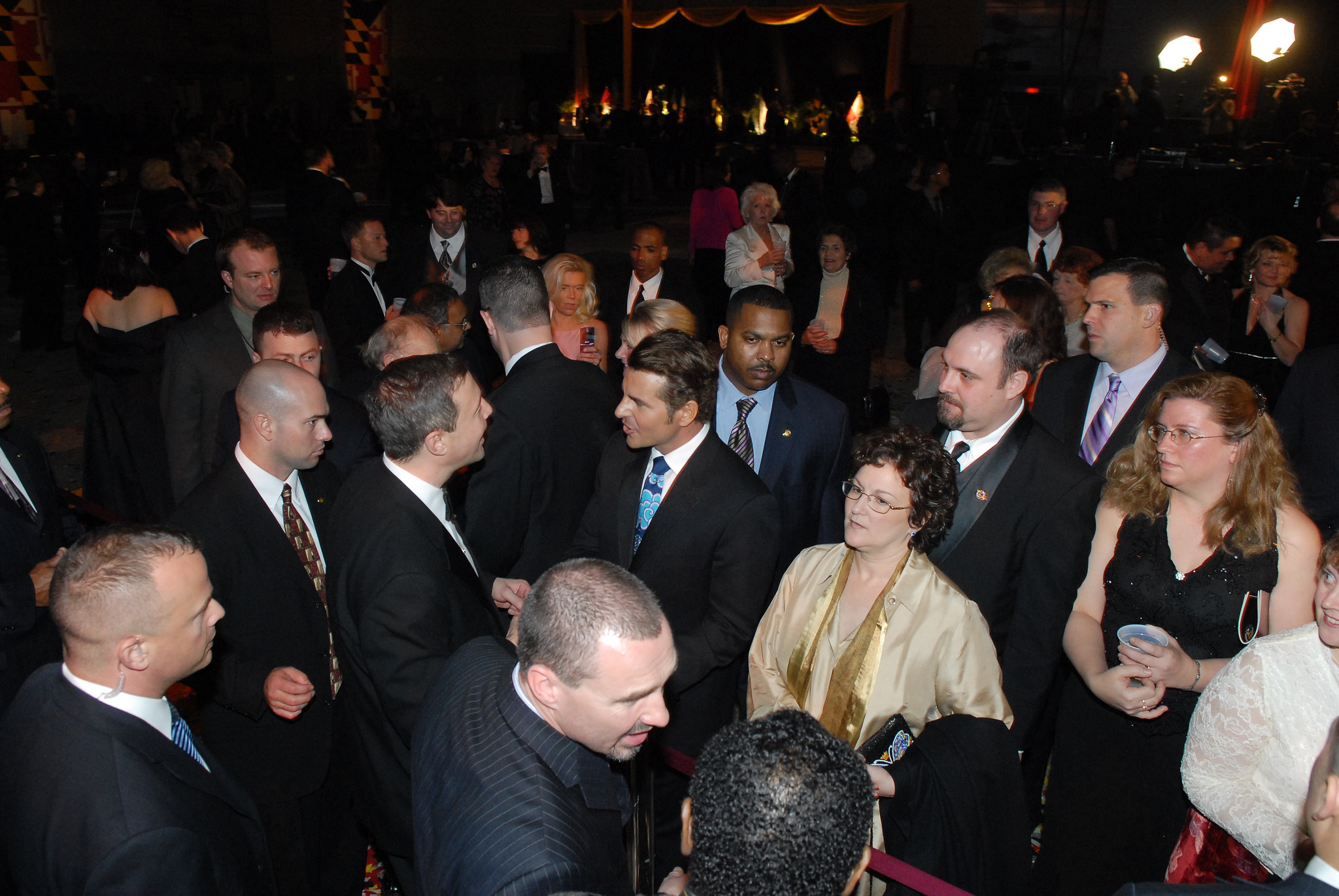“Super citizens” use the weapon of philanthropy to wage an ideological war
Written by Sabrina Maddeaux
On the show Mad Men, there is an episode where Don Draper is called into his bosses’ office after pitching an ad campaign for the shiny new Cadillac Coupe De Ville. Roger Sterling tells him the client was so impressed with his pitch they’ve invited him to sit on the board of the Museum of Early American Folk Art. At first, Don is entirely unimpressed – that is, until Bert Cooper offers a tidbit of advice that changes everything: “Philanthropy is the gateway to power.”
Charitable giving and philanthropy are often viewed as acts of kindness and generosity. Surely donating money, time and resources to important causes is the ultimate selfless act, worthy of adulation and praise. However, philanthropy is much more complicated than cutting a big cheque and often comes with ulterior motives. For the wealthy elite, it’s one of the most effective and underestimated ways to wield large amounts of power.
Evolution of philanthropy
In Draper’s era, the power of philanthropy was rooted in networking opportunities and social connections that accompanied it. Charitable giving wasn’t easily accessible to the average person; only the wealthy had the means to engage with it. Museum boards, foundations, and fundraising events were places of immense prestige that provided access to decision makers.
However, this changed drastically in the 1970s as charitable organizations became larger and armed with well-funded infrastructures to reach out to the masses. The early 80s saw activist-led foundations gain momentum, and the introduction of the internet in the 90s, followed by social media in the the new millenium, made charity and advocacy more accessible than ever before. You could get involved from the comfort of your couch.
Yet, the new millennium saw a new philanthropy trend take hold: the rise of ‘super citizens.’ These are the ultra wealthy one percenters who have both the means and will to influence public policy in ways unavailable to other citizens. You’ll likely recognize some of the names: Mark Zuckerberg, Jeff Bezos, Bill and Melinda Gates, Michael Bloomberg, the Koch brothers. While most people are familiar with the influence wielded by lobbyists-for-hire and political mega donors, they are less aware of the ways super citizens use philanthropy to bolster their stature and impose their will on government and society.
“While most people can vote, sign a petition, go to a protest, or donate small amounts of money, super citizens can bankroll think tanks, underwrite advocacy campaigns, make or break candidates with large donations, and bring public parks, libraries and universities into being. That’s a lot of power in public life that’s not available to most people,” says David Callahan, founder of online publication Inside Philanthropy and author of The Giver: Wealth, Power and Philanthropy in a New Gilded Age.

Influence of super citizens
Take, for instance, Michael Bloomberg, who has attempted to use large donations to influence climate change policy, shut down coal-fired power plants, and advocate for stricter gun regulations. On the other side of the spectrum, David and Charles Koch use their vast fortune to advocate for libertarian economic policies, tax cuts, and a smaller government. In the Trump era of highly partisan politics, super citizens are increasingly turning to philanthropy to push their agendas. “It’s kind of like a well-financed ideological arms race,” says Callahan.
Another major philanthropy trend sees billionaires vowing to give away most, if not all, of their fortunes to charity rather than passing them down to their offspring. On the surface, this seems like the ultimate altruistic act. However, like most things that sound too good to be true, these pledges aren’t always as selfless as they first appear. While the likes of Bill and Melinda Gates, Michael Bloomberg, Warren Buffett, Paul Allen, Manoj Bhargava and more promise to give away huge swaths of cash, those dollars are often directed to their own eponymous foundations. In turn, those foundations can be passed on to their children to ensure that not just wealth, but power, is transferred through generations.
“There’s no question that if you leave a foundation that your kids run, your kids are going to have power in society. It’s a different kind of power than having your own pile of wealth, but it’s real power nevertheless,” says Callahan. “You’re giving them control over an institution that has influence, giving them a position of status, and giving them a voice. There’s a kind of philanthropic aristocracy we see emerging.”
Then there’s the recent rise of tech philanthropists. Mark Zuckerberg made headlines when he and his wife, Priscilla Chan, pledged to donate 99 percent of their Facebook fortune, currently valued at around $45 billion. The money will go to the Chan Zuckerberg initiative, which, despite what many headlines would lead you to believe, isn’t a charity. It’s a limited-liability company (L.L.C.) Not only can an L.L.C. invest in for-profit companies, it can make political donations. It also isn’t subject to the rules and oversight of a charitable foundation. There are zero transparency requirements. In essence, Zuckerberg can still do whatever he pleases with his money.

Transforming philanthropy
This is part of a worrying shift towards less transparency in the world of philanthropy. As big-donor philanthropy becomes increasingly powerful, it’s also increasingly shrouded in mystery. Sometimes, we can’t even tell who’s wielding the influence. “A lot of people are turning to donor-advised funds, which aren’t transparent in the sense that you don’t know who’s making the gifts. It’s a very popular tool for many of the new donors,” says Callahan.
The idea that society is increasingly controlled by a class of super citizens able to hide behind closed doors is clearly concerning. According to the National Philanthropic Trust, donor-advised funds are the fastest growing method of giving. Unfortunately, they come with a lack of accountability that runs counter to the tenets of democracy.
When the ultra rich aren’t actively hiding their names and motives, they’re often seen splashing them across buildings, hallways, museum wings, theatres and libraries. Large donations in exchange for naming right haven’t just become the norm, they’ve become intensely competitive. Building naming rights in NYC now go for an average of $100 million. When the Toronto-based United Jewish Appeal fundraised for their Tomorrow Campaign to transform three community-centre campuses, they solicited $1 million from potential donors just for the right to name a locker room. When the late Barry and Honey Sherman stepped up with $75 million, an entire campus was renamed in their honour.
For donors, naming rights come with a social and reputational boost, along with a lasting legacy. Often, an institution can also capitalize on the prestige of a boldface-name donor. If a Bloomberg, Rogers, Rockefeller or Weston publicly attaches their name to a project, it in turn often attracts other smaller, albeit still incredibly wealthy donors to the cause. It’s essentially the philanthropic version of the coattail effect– the political term to describe the ability of a popular political leader to attract votes for members of the same party. This has led institutions themselves to become much more competitive when it comes to attracting big givers, using fancy galas to lure targets and hiring development directors whose main job is to grow personal relationships with the wealthy.


However, putting someone’s name on a project can be a delicate dance and one that can easily veer off course. As donors invest evermore funds to secure rights, they can sometimes cross a line by attempting to influence an institution’s programming. The Koch brothers are perhaps the most infamous example of this, using their generous donations to universities to cultivate relationships with professors and deans, then offering to fund specific courses of libertarian-leaning economic study pitched by the brothers themselves. The Kochs’ less-than-passive reputation sparked protests outside the Metropolitan Museum when it named a new plaza after David Koch.
The implicit power of a name is underscored when it becomes embroiled in controversy, like those of the Koch brothers or Egerton Ryerson, who some Ryerson University students want disassociated with the school due to his role in the creation of the Indigenous Residential School system. The University of Southern California recently declined a gift of $5 million from Harvey Weinstein to be used for female director scholarships. Increasingly, institutions have to weigh the benefits of big bucks against the ethics of giving compromised individuals a public platform and PR win.
Equal opportunity
While mega donors – often men – trade in hard power (the use of military or economic means to influence behaviour), wealthy women often flex soft power (using appeal and attraction to influence behaviour) through the society and fundraising circuit. Behind the glitzy charity galas and sweeping gowns, there’s a veritable game of thrones. Five-figure gala tables act as status symbols, and the symbolism of who gets seats closest to the stage is heavy. Society pages might as well be scoreboards.
Former Globe and Mail society columnist Rosemary Sexton’s book The Glitter Girls famously chronicles the lengths power and fame-hungry socialites would go to in order to outdo and undermine on another. One tale recounts numerous socialites phoning Sexton after a gala to make sure she knew they danced with Prince Charles. Years later, The Real Housewives franchise has made untold amounts of money broadcasting the sharp-clawed antics of rich women to the public.

While it may be tempting to dismiss the society circuit as simply vain, it’d be a mistake to overlook the soft power collected by these women and how it benefits their families’ places in society. Socialites deal in the power of attraction and persuasion and the better they get at their craft, the more influential their last names become. Suddenly, doors to rooms with decision makers open and their platforms on which to sell causes, ideas and even politics grow. They can soften their often hard-nosed husbands’ public image and generate goodwill where there would otherwise be skepticism and bitterness.
While philanthropy is ultimately a positive act that society couldn’t do without, it’s clearly naive to blindly embrace mega donors, socialites and their foundations. As income inequality grows, so does civil inequality, in large part rooted in philanthropic power. There may soon come a time when additional regulations and tax laws are needed to ensure that super citizens don’t circumvent democracy. When it comes to charity, while there’s always a tradeoff, it’s vital we ensure donors give more than they take.








